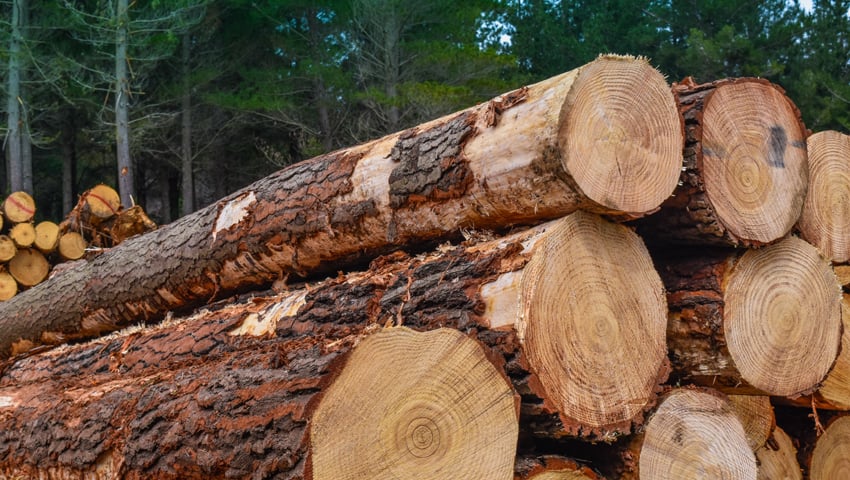A new book, Timber!: How wood can help save the world from climate breakdown, will be published later this year. In it, author Paul Brannen, will address the urgent need to transition from a built environment of concreate and steel to timber. He will say that planting trees is not enough – we also have to chop them down for use in the construction sector.
Brannen is the Director of Public Affairs for the European Confederation of Woodworking Industries (CEI-Bois) and a former MEP. He has campaigned for more than 15 years for action on climate change.
Timber! is published by Agenda Publishing. Their pre-launch book description says, “The carbon emissions generated by concrete and steel construction are well-known. Why then are we not using more carbon-friendly building materials? In a passionate and compelling argument Paul Brannen advocates the use of timber in buildings wherever possible. His controversial and counterintuitive argument is clear: planting trees is not enough to reduce carbon, we also have to chop them down and use more wood in our buildings and cities.
“This is the first book to take timber from the margins to the mainstream, from the forests to the cities. It tackles head-on questions about sustainability, safety, the biodiversity of commercial forests and the pressures on land use. The case for timber as a construction material is compellingly made – the creation of new engineered timbers with the structural strength of steel and concrete enable us for the first time to build wooden skyscrapers – and draws on the latest developments in engineering and material science. In addition to the familiar forestry models, the book advocates alternatives such as wood farming and agroforestry that bring with them added biodiversity gains for farms.
“With the built environment currently responsible for 40 per cent of the world’s carbon emissions, Brannen’s message is unequivocal: we must change how we build. Timber! offers fresh and inventive ideas that over time could see our expanding cities storing more carbon than our expanding forests.”
